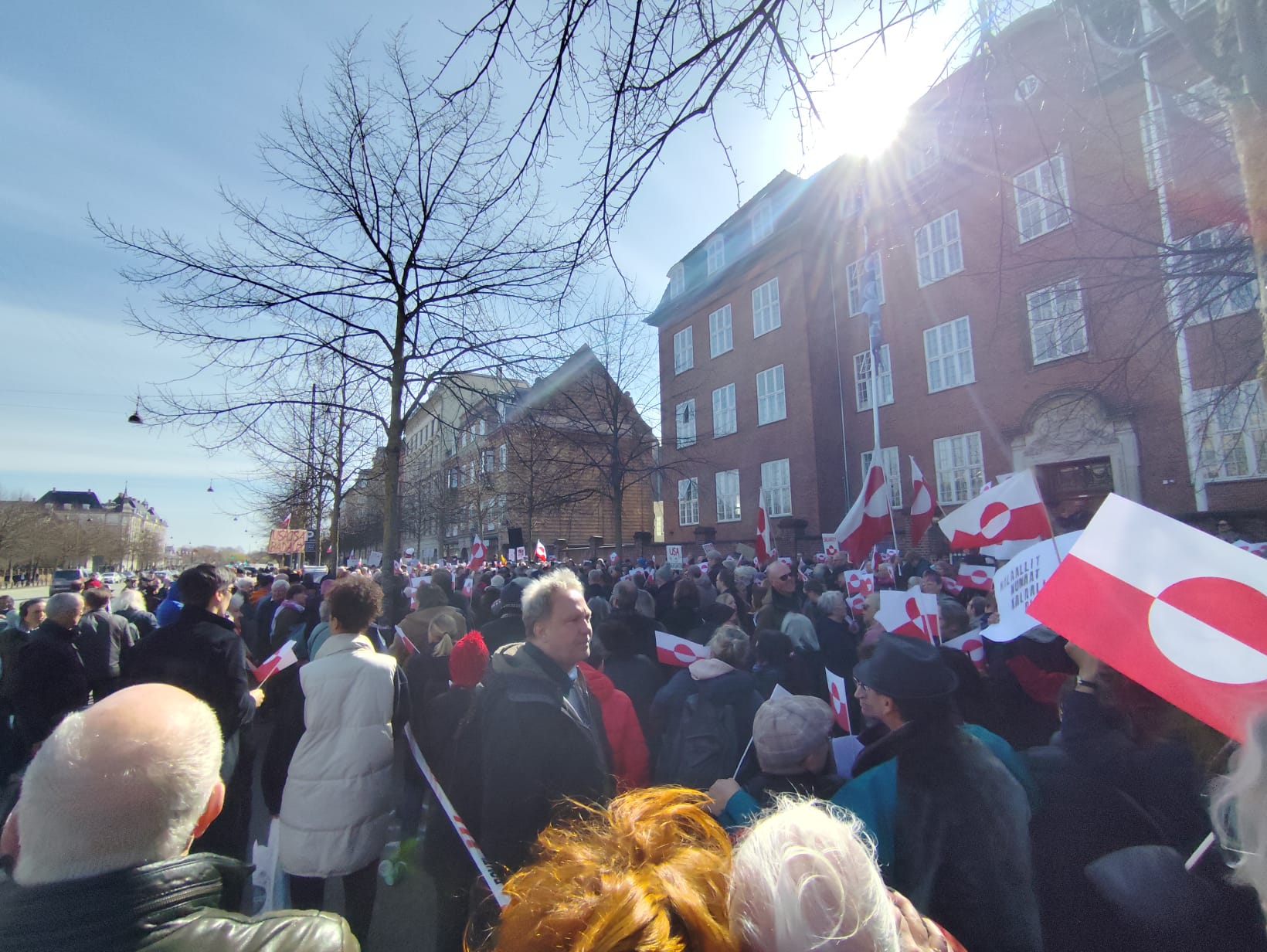Denmark has always enjoyed high trust levels in society. Not only do Danes tend to trust one another implicitly, but they also trust their public officials, and the same is true vice versa.
When corona struck, Mette Frederiksen’s government made it clear to the public that the success of the nation rested on their shoulders. Follow the restrictions, they were told, and you’ll be alright. And they mostly did, and they mostly were.
Reforms have also involved the public. They are called ‘Danmark kan mere’ (Denmark can do more) for a good reason, and this week, the government has unveiled ‘Danmark kan mere 3’ – a call to arms to work harder, leave our comfort zones and tackle society’s problems head-on.
Nowhere is this better exemplified by the words of the finance minister, Nicolai Wammen, who told media yesterday that the time has come for public officials to “spend less time in front of the computer and more in front of the citizen”.
Cutting red tape in the municipalities
It is specifically bureaucracy in the public sector that the government wants to tackle in its new reform proposal, which principally focuses on education and welfare.
Reducing bureaucracy in the municipalities, it promised, will not result in redundancies, but free up employees to retrain and work more in “core welfare” areas such as with children and the elderly.
Accordingly 2.5 billion kroner will be prioritised and in-office tasks will be cut – an all-round reduction in the amount of registration, documentation and administration.
“The human aspect of welfare has received less time, and documentation and cold numbers have received more time,” explained PM Mette Frederiksen.
“Can we use the resources that we have better” Yes, we can, Nic
Wammen sought to assure public workers that they will not lose their jobs.
“When we see how much the administration has grown in recent years, and when we see how much we will need hands in the coming years, then we have a responsibility to say: ‘Can we use the resources that we have better?’ And that is what we are doing,” he said. “It is not something we will do with a snap of a finger, but we want to set a very clear direction here.”
Municipalities group Kommunernes Landsforening (KL) concurred that overnight change is unlikely, and its chair was generally sceptical about the reforms.
“There are simply no quick-fix solutions in terms of reducing administration and freeing up resources for welfare,” remarked KL chair Martin Damm to DR. “If you reduce functions that contribute to a more efficient organisation or an authority’s functions, it will ultimately affect the citizens.”
Halving the length of a fair number of master’s courses
The other key aspect of the reform relates to halving the length of master’s programs from two years to one for around 35-50 percent of all courses.
The cuts will mostly affect master’s degrees in humanities and social sciences, which will see the number of hours of teaching and guidance increase to 15 per week.
“So not programs where you need an actual authorisation, for example in the field of health, or where you have to specialise early on, and there is a need for them to continue to last for two years,” explained the education and research minister, Jesper Petersen. “Together, we must look at exactly which education programs must be arranged and how, and do thorough preparatory work.”
It is thought the reform will free up 2 billion kroner a year, which will be reinvested in education: 1 billion in the universities and 1 billion in welfare and vocational training.
Aarhus University rector Brian Bech Nielsen said the proposal was “very, very severe, because it is a very, very large proportion of master’s programs, which you want to shorten. How do you know it helps? It requires immersion, and immersion takes time. You can’t learn everything in half the time.”















